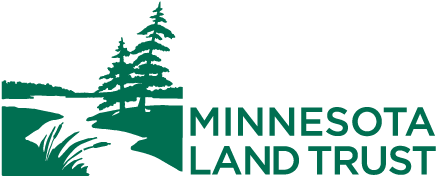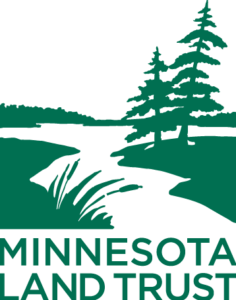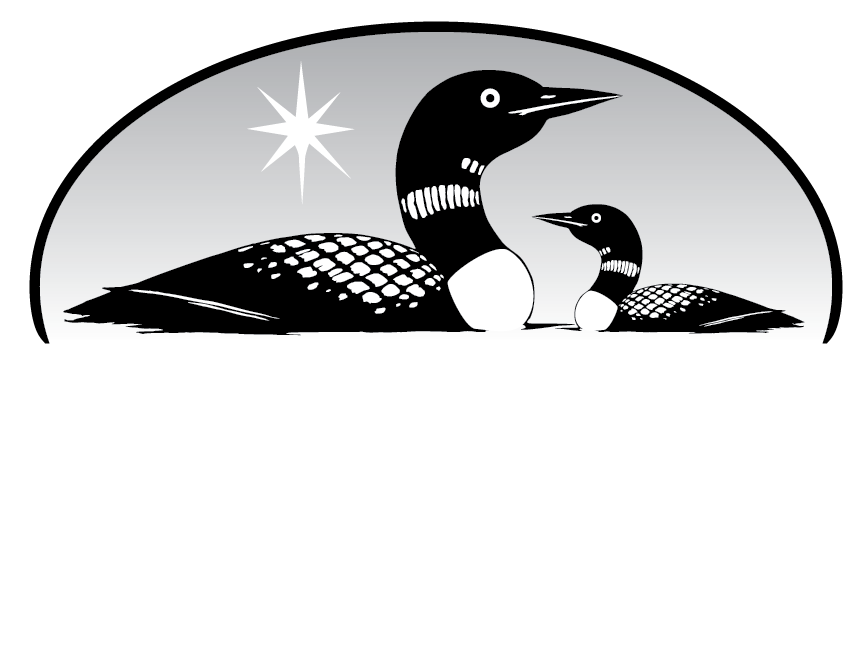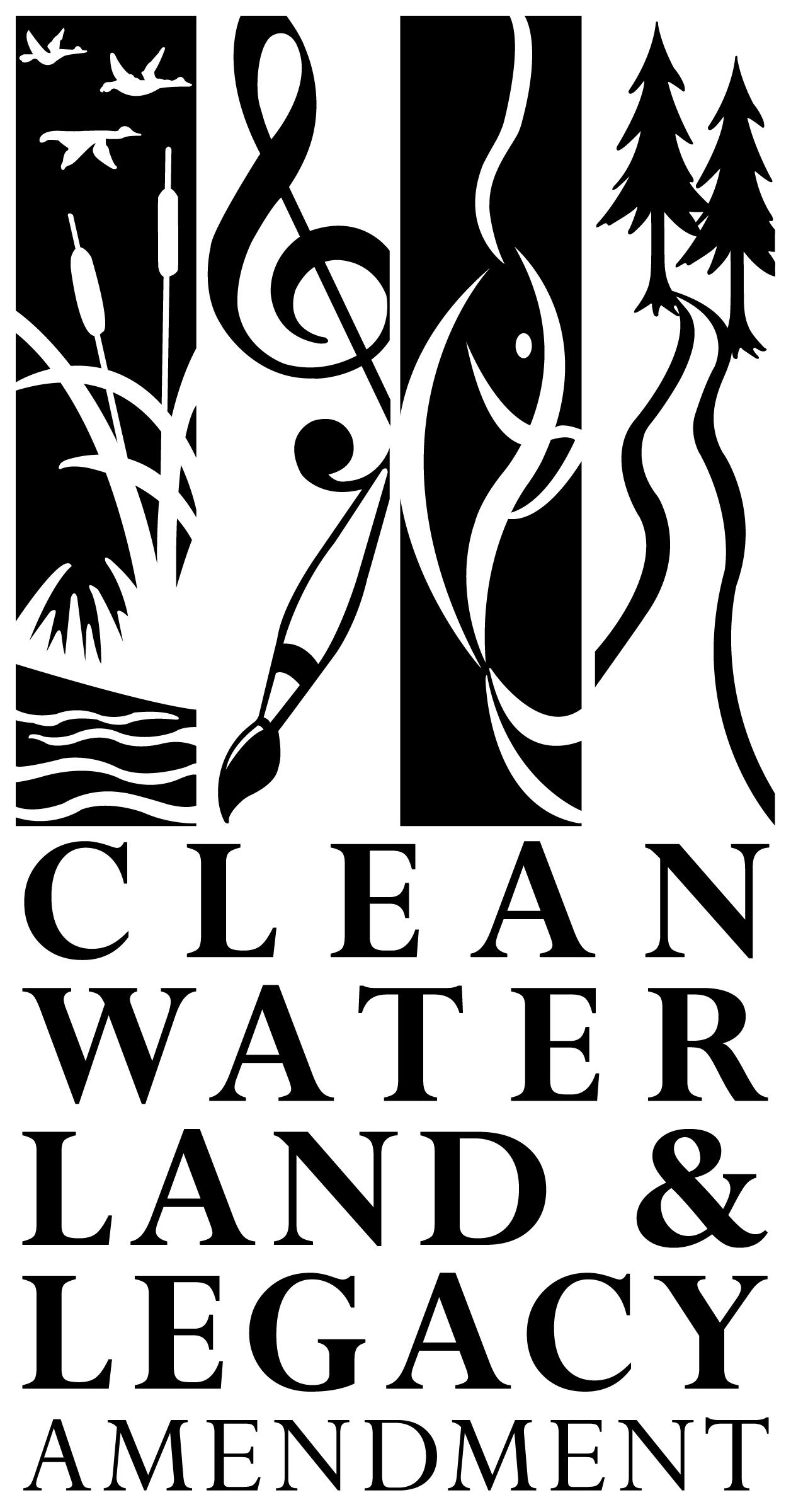What is conservation easement monitoring?
Monitoring is the regular inspection of property protected with a conservation easement. It is a core component of the Minnesota Land Trust’s conservation easement stewardship program. It helps the Land Trust build and sustain relationships with landowners, allows the Land Trust to discover any problems on the land, provides an opportunity to document changes to the property or its ownership, and is critical for the Land Trust to meet its legal obligations as the holder of the conservation easement.
Monitoring Visits
The Minnesota Land Trust monitors each property protected by a conservation easement once a year—and more frequently if necessary. In addition to building relationships with our landowners, it is also our goal to prevent easement violations. Frequent contact with the land and the landowner helps us achieve those goals.
The monitoring season typically starts in April and runs to the end of the calendar year. We encourage landowners to let us know if there are specific times of year that are more challenging to schedule the visit, whether due to regular out-of-state travel, hunting seasons or otherwise. The Land Trust strives to work with landowners to find mutually agreeable times to schedule the monitoring visit, however our foremost obligation is to complete a visit once every calendar year.
Monitoring is most frequently done in person with a Land Trust staff, contractor, or certified volunteer monitor walking the protected property. In some cases, monitors may also view the property by car, boat, or with the aid of a drone flown on-site by a certified drone pilot. “Remote monitoring,” which involves staff review of current-year satellite or aerial imagery, is another method the Land Trust uses to fulfill its annual monitoring obligation. Every conservation easement and parcel of land is unique and requires its own monitoring approach.
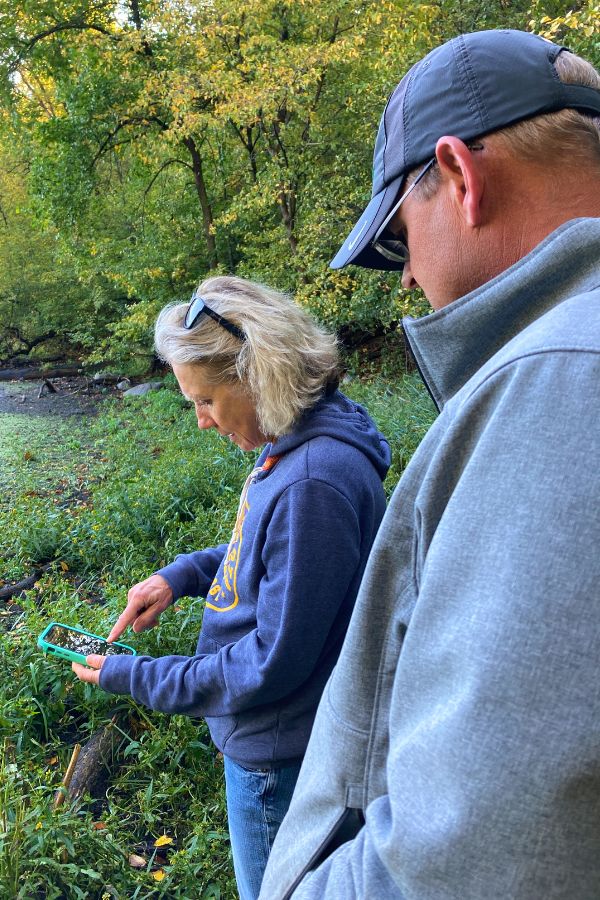
In-Person Monitoring Visits
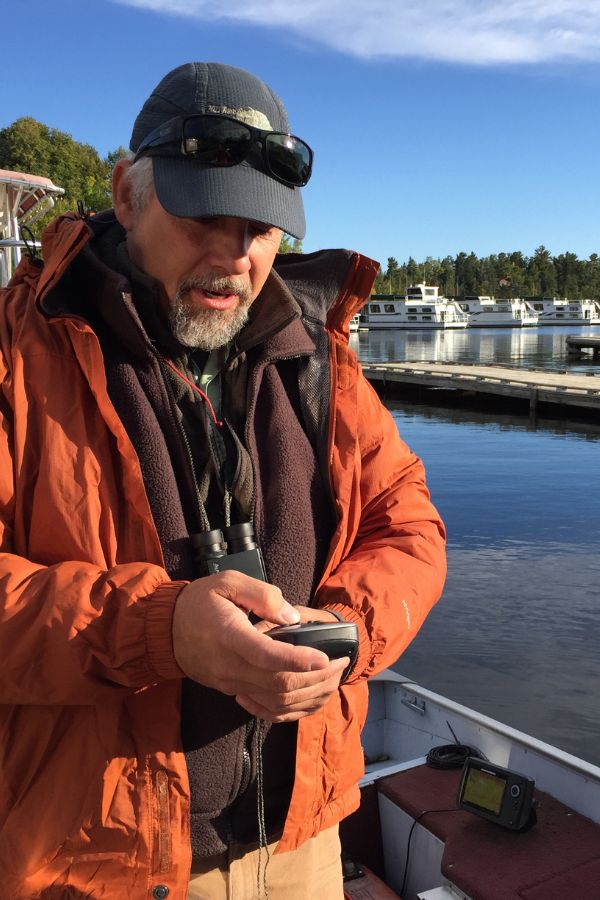
Each year, the Land Trust assigns a monitor and a monitoring method (in-person or remote) for every property protected by a Minnesota Land Trust conservation easement. For all in-person visits, the assigned monitor will contact the landowner to arrange a time to visit the property.
The Land Trust welcomes and encourages landowners to accompany the monitor during the monitoring visit. Walking the land together is beneficial for a number of reasons, including:
- Landowners have a more intimate connection to their property than does the Land Trust and their knowledge can make the visit more effective and efficient.
- There is an opportunity for landowners to raise any questions about the easement or to discuss any future plans or goals for the property, which can help prevent unintended violations.
A landowner may also ask someone else such as a family member or trusted neighbor to accompany the monitor, but participation in the visit is not a requirement. If the landowner is unable or chooses not to participate in the visit, it is still important for them to convey information about changes to the property, upcoming plans, and any questions or concerns to the visiting monitor.
Remote Monitoring Visits
Remote monitoring of conservation easements, in which an individual inspects imagery of the protected property collected via a satellite or flight, is used by land trusts throughout the country and meets the Land Trust Alliance’s Land Trust Standards and Practices monitoring guidelines.
If a landowner’s property is scheduled for a remote monitoring visit, a staff member will still contact the landowner and ask the same questions that an in-person monitor would.
A few other important facts regarding remote monitoring:
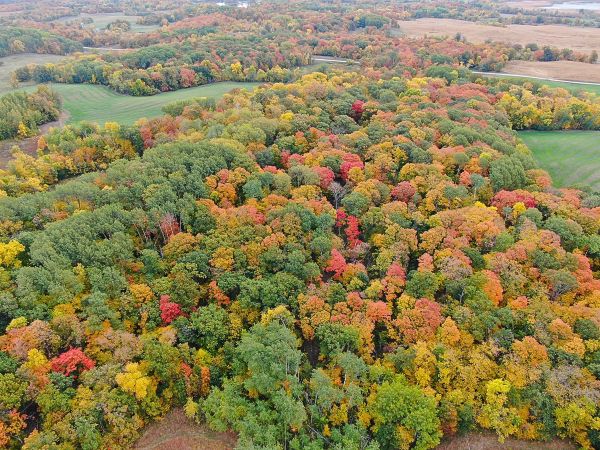
- The Land Trust pays a third-party vendor for access to commercial aerial and satellite imagery that is primarily being collected irrespective of the Land Trust’s use for it in remote monitoring. In other words, the imagery is not collected at our direction.
- Land Trust stewardship staff are the only individuals who will complete remote monitoring visits and the imagery is not shared with anyone outside of the organization.
- Landowners are welcome to share with the Land Trust their preference when it comes to in-person vs. remote monitoring. However, our ability to use remote monitoring method depends on having good imagery available every year. Our ability to use remote monitoring also depends on having a reliable and cost-effective platform from which to obtain the images.
- Regardless of imagery availability, an in-person visit will be scheduled at least once every 5 years. This satisfies the requirement outlined in the Land Trust Alliance’s Standards and Practices that the Land Trust adheres to as an accredited member.
Documenting the Condition of the Protected Property
Conservation easements are perpetual and property conditions change over time. Staff and certified volunteer monitors utilize property-specific documentation, including the conservation easement, baseline documentation report (and updated baseline(s), if applicable), maps, management plans, available satellite and/or aerial imagery, and notes from prior years’ visits to prepare for the annual visit.
With that preparation in place, monitors can make more readily observe any changes to the property. All landowners are provided with a summary of the monitoring visit by the Land Trust office in the form of a follow-up letter.
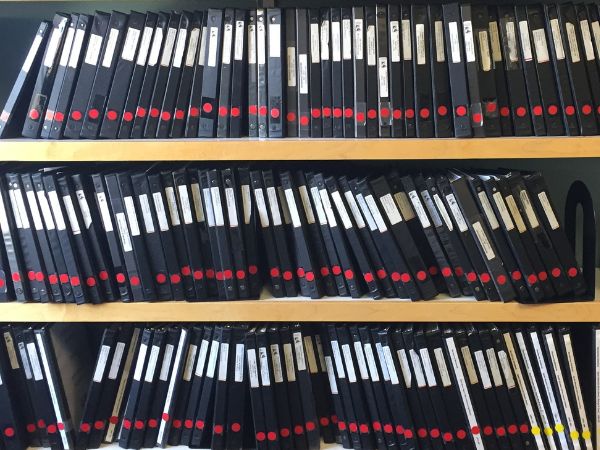
Preventing Problems vs. Discovering Violations
The essence of any conservation easement monitoring program is to make sure that landowners are complying with the terms of their easement. Through annual monitoring, the Land Trust strives to detect potential problems early—before they become serious violations.
We encourage all landowners to contact the Land Trust whenever they have a concern or question about their easement rather than waiting for the annual monitoring visit. Though thoughtfully drafted, conservation easements can be confusing. Asking the Land Trust to interpret the easement early on can help avoid problems later.
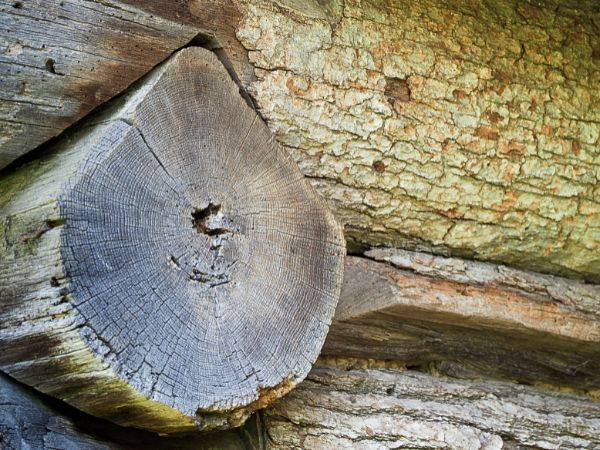
In the end, the Land Trust must be prepared to seek that any violations of its easements are corrected. This is the commitment we make to all landowners who entrust us with the responsibility to protect their land. The capacity to effectively enforce conservation easements is also a federal, state, and internal requirement for an easement holder. If a violation is discovered, we will work with the landowner whenever possible to have the situation corrected voluntarily. Legal enforcement is a remedy of last resort.
Volunteers
Volunteers play a critical role in the Land Trust’s monitoring program. They extend the Land Trust’s presence into local communities throughout the state and personally work with landowners when staff might not otherwise be able to do so.
All volunteer monitors complete a training and certification program so that they can be skilled and informed representatives for the Land Trust. The Land Trust holds training sessions for new and returning volunteers annually in multiple locations across the state.
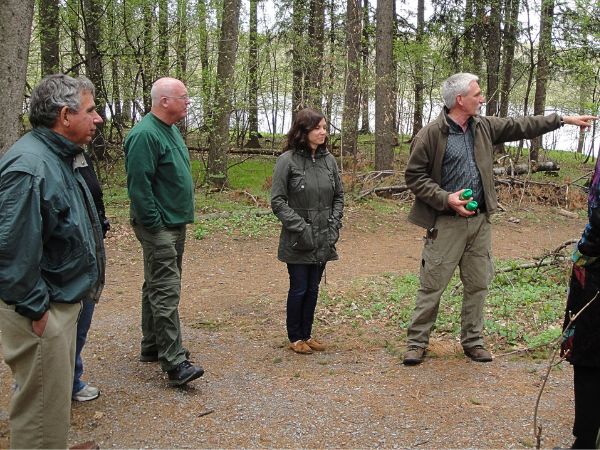
Although our volunteers are well-trained, they do not interpret the conservation easement. Volunteers gather information about the land and relay landowner questions or concerns to Land Trust staff, who will answer questions and provide the necessary interpretation. The Land Trust also assigns a staff member to monitor each property at least once every five years so that staff remain familiar with all the properties we protect.
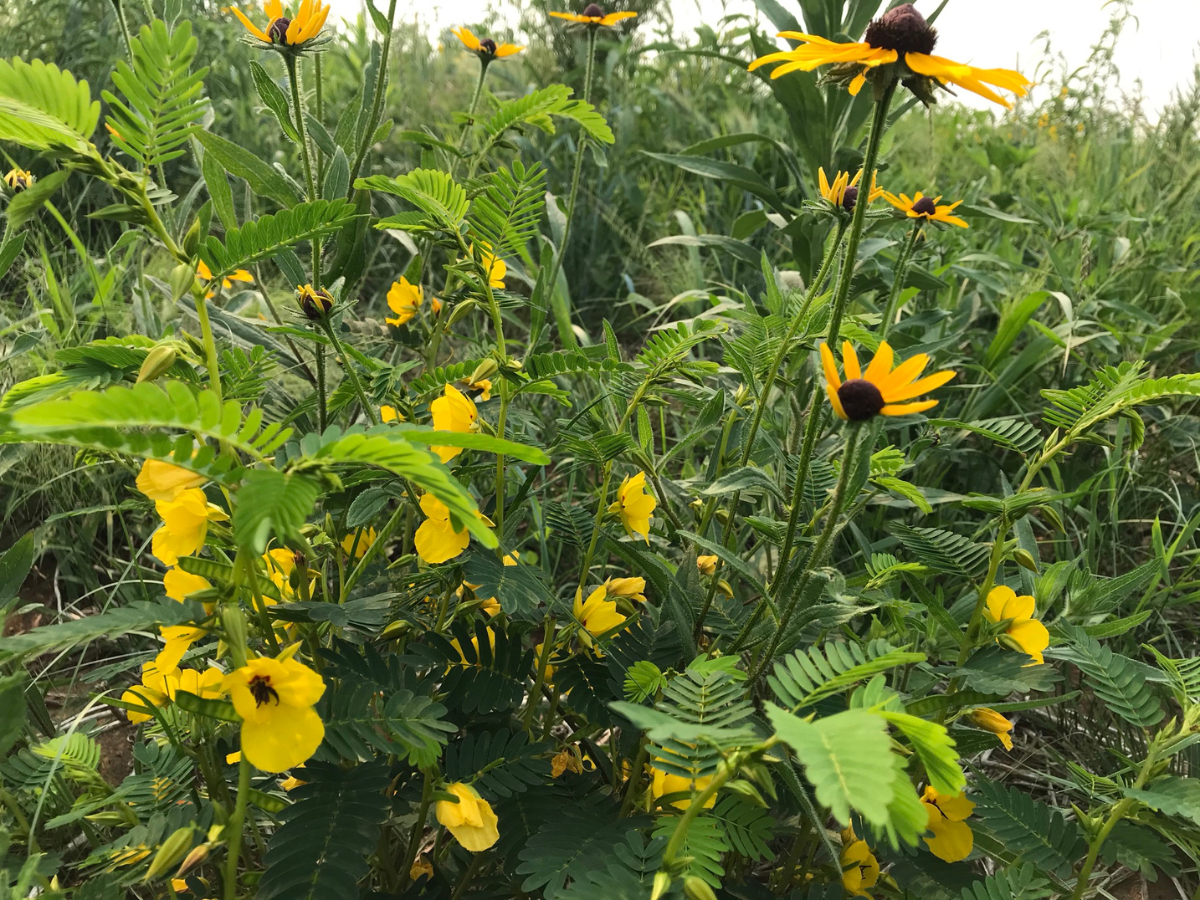
Become a Volunteer Monitor
Support conservation in Minnesota by becoming a trained volunteer monitor with the Minnesota Land Trust Stewardship team, visiting protected properties across the state.
